Is McLaren’s GT a sports car, a tourer, or the best of both?
The McLaren GT is a capable all-rounder dressed up in svelte supercar clothes. It might also be the last of its type
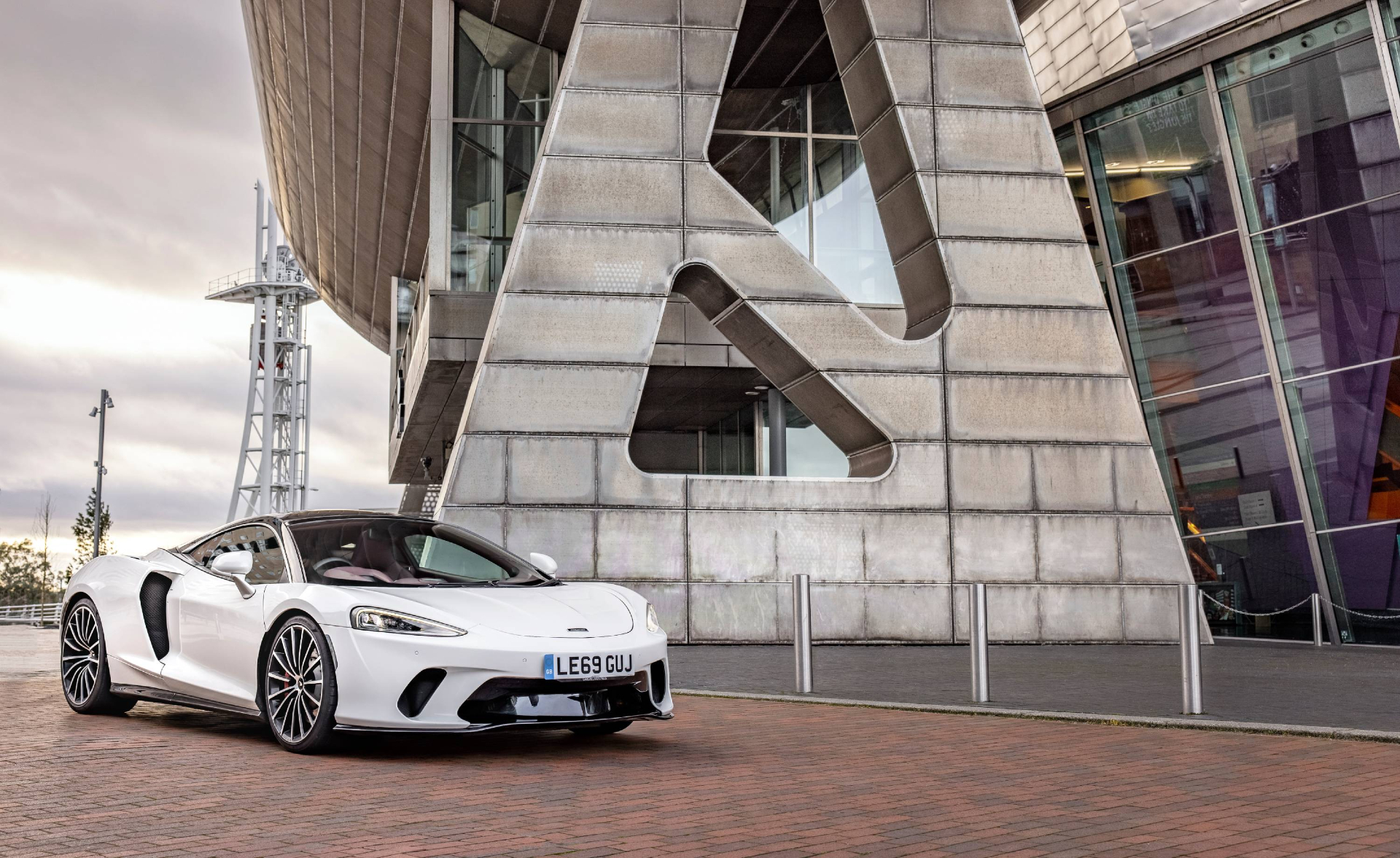
The first thing you need to know about the McLaren GT is that it is patently not a GT car. By McLaren standards, which you’ll soon discover are rather different to everyone else’s, the GT offers a soupçon more practicality than its sibling super sports cars. But to this writer at least, the ‘GT’ appellation still evokes long distances, lazy power, supreme comfort, and style, all packaged up in a discreet excess of the norm.
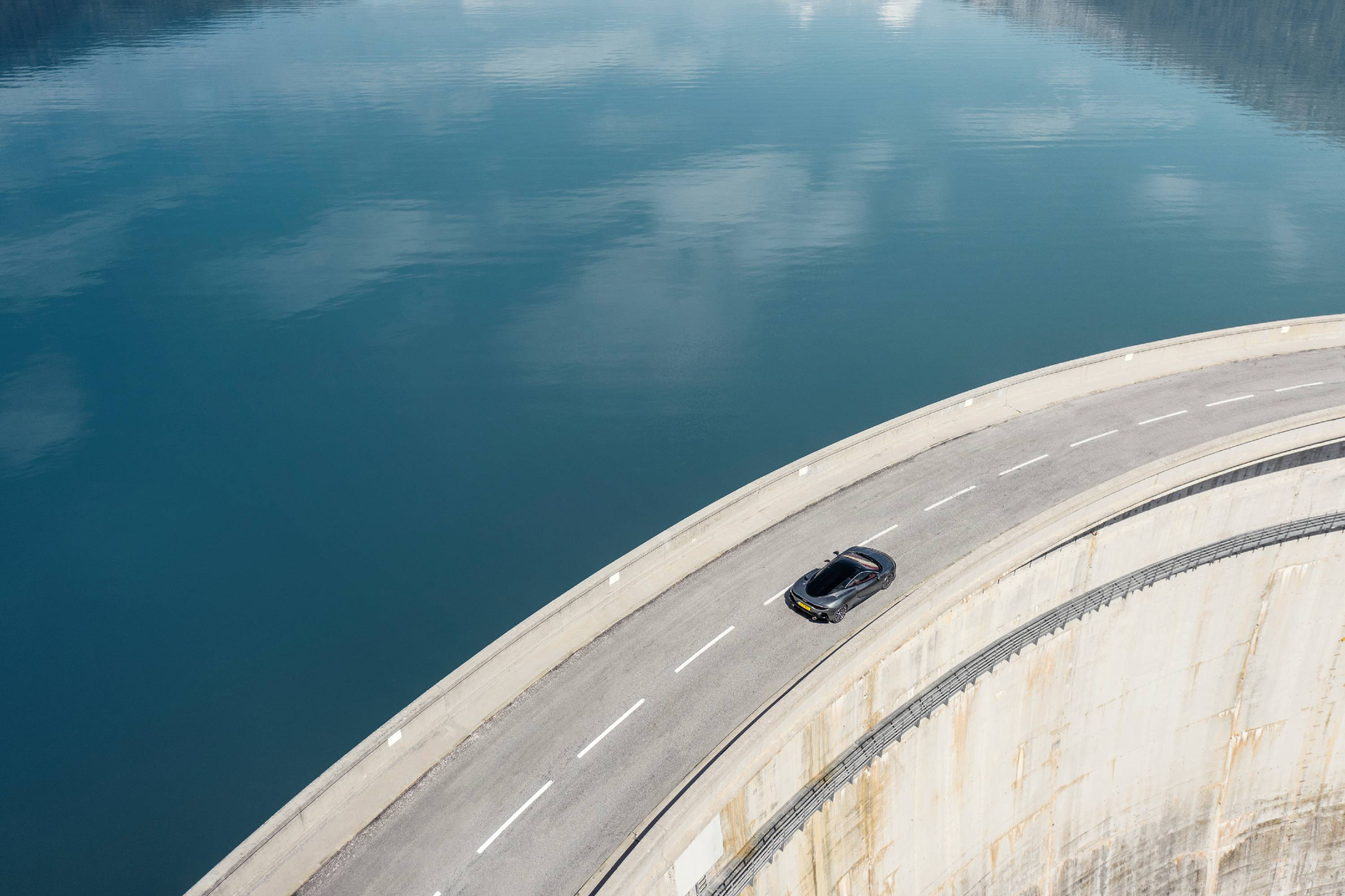
This is a McLaren, so discretion is out of the question for starters.
From the bark of the engine to the dramatic dihedral doors, to the long, low bodywork that feels like it’s been dictated by the scoops and ducts and aero, rather than the other way around, the GT is certain to draw attention wherever you go.
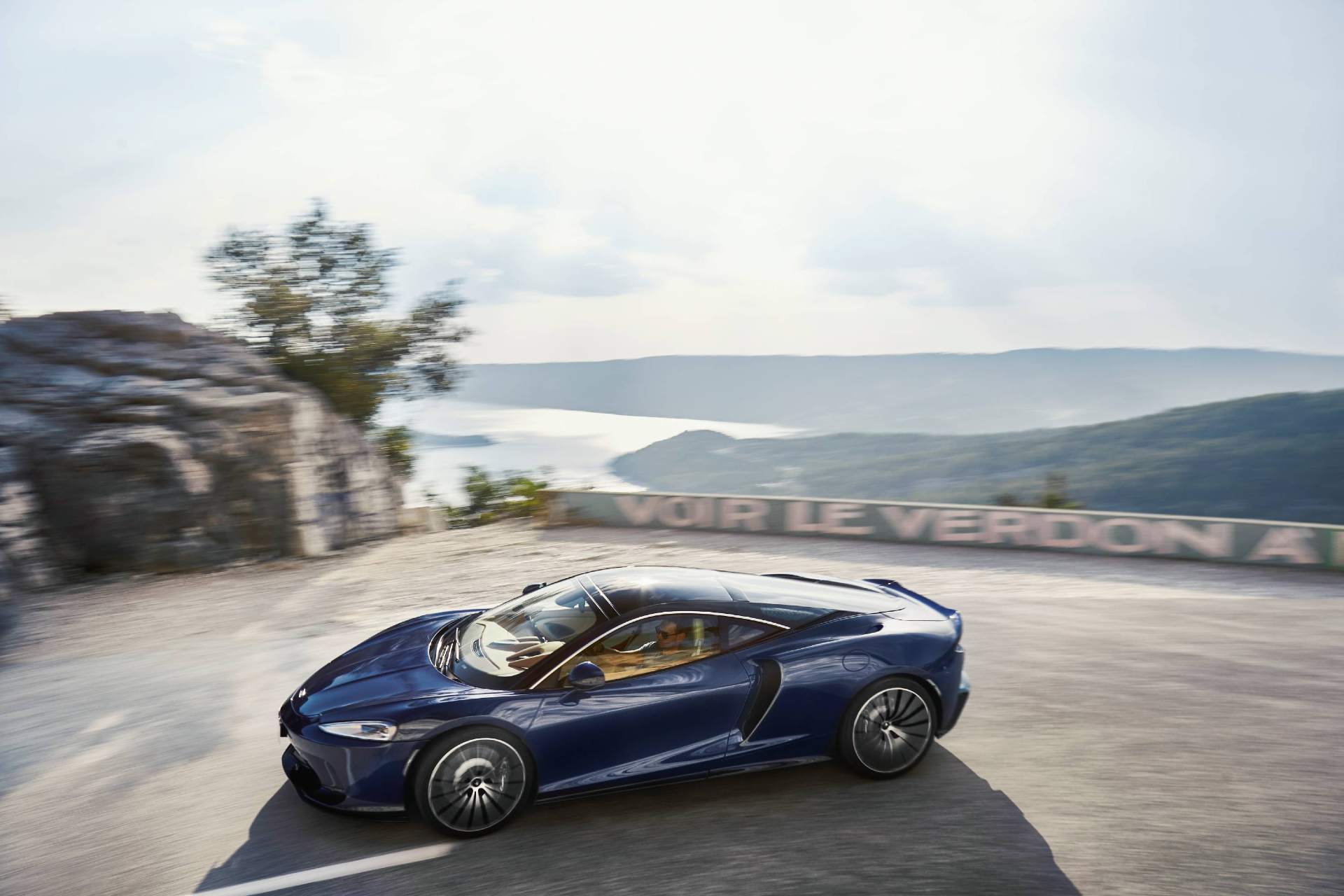
Despite the carbon-fibre wizardry that goes into the McLaren GT’s manufacture – all in the cause of lightness and strength – this is ultimately a V8-powered sports car with no hint of hybridisation.
The GT is far from uncomfortable, but it fits around you like a glove, rather than enveloping you like a blanket. Instead, the focus is always on the road ahead, not the scenery or the sumptuousness of the seats.
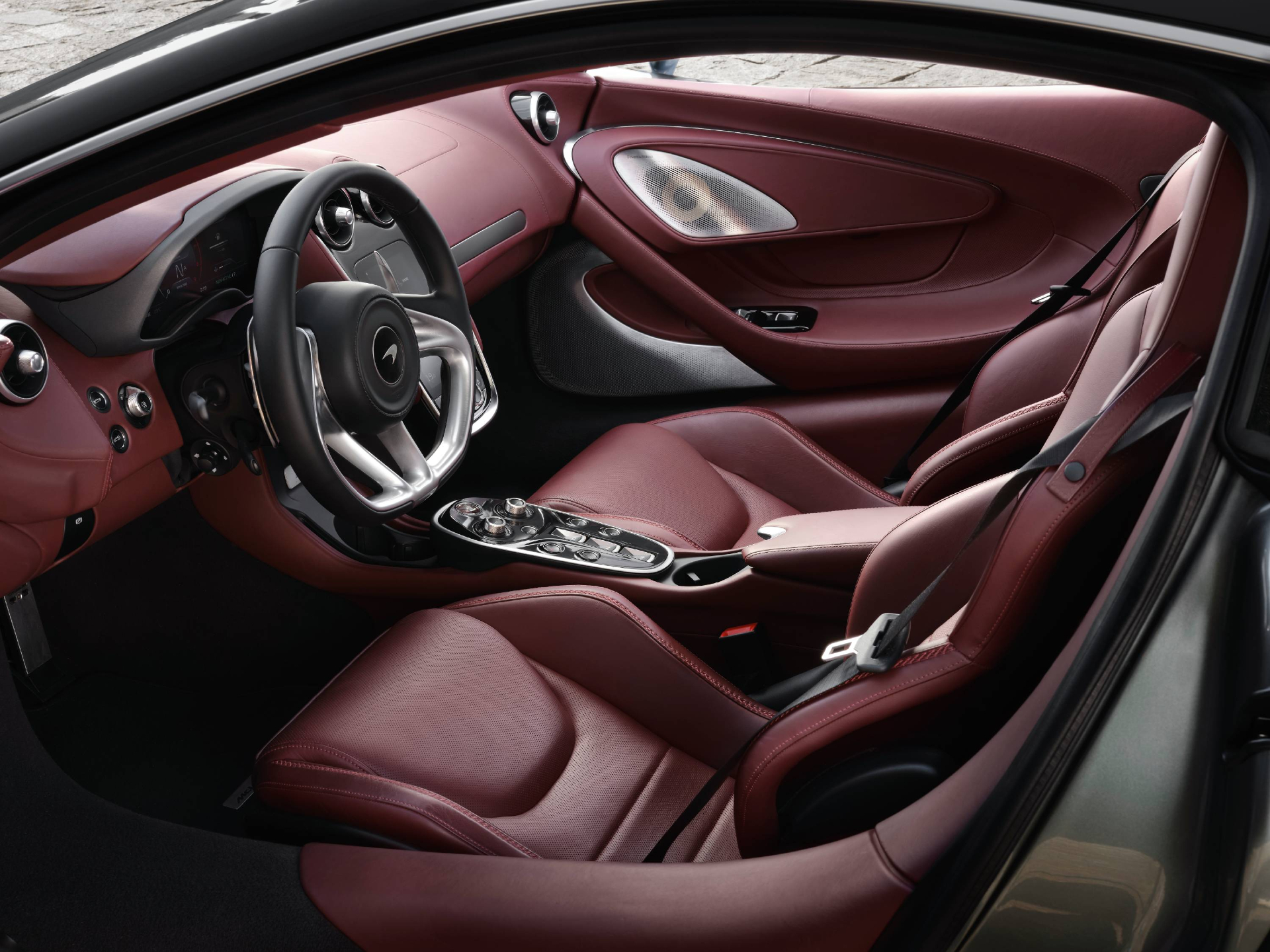
Being a McLaren, the car rides superbly and is effortlessly easy to drive, with McLaren’s 4.0-litre 600hp V8 putting it firmly in the bracket of ultra-high performers.
Effortless cruising rarely calls for a 3.2 second sprint to 62mph, let alone a 204mph top speed, but if you rein in the revs and ration the power, the GT can achieve 30mpg on motorway runs.
Wallpaper* Newsletter
Receive our daily digest of inspiration, escapism and design stories from around the world direct to your inbox.
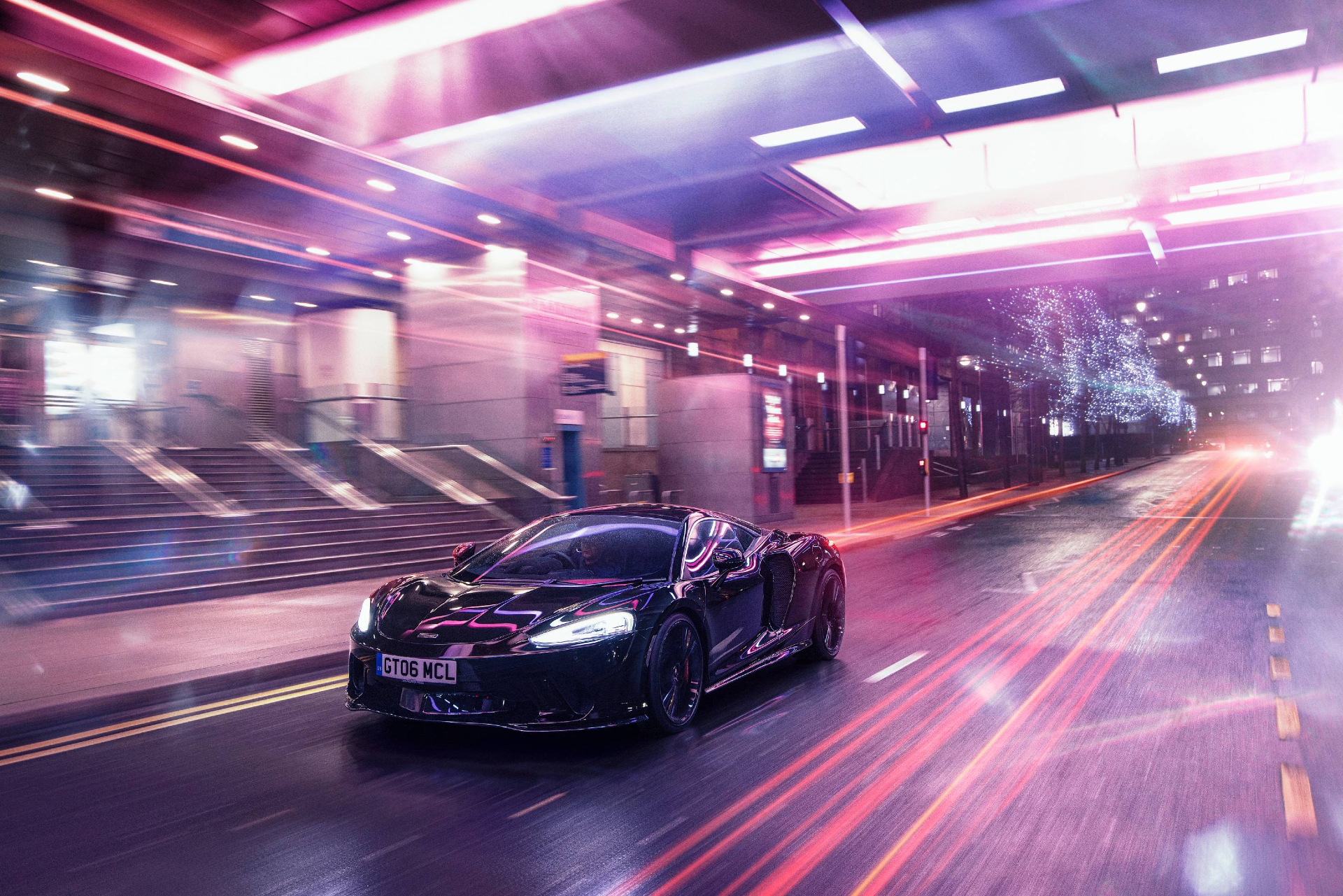
The McLaren GT quickly establishes itself as an expensive and entertaining toy, a device that defines you and your values wherever you decide to show up.
Should you happen across a set of open, empty and exhilarating roads on the way, then there aren’t many other cars you’d rather be in.
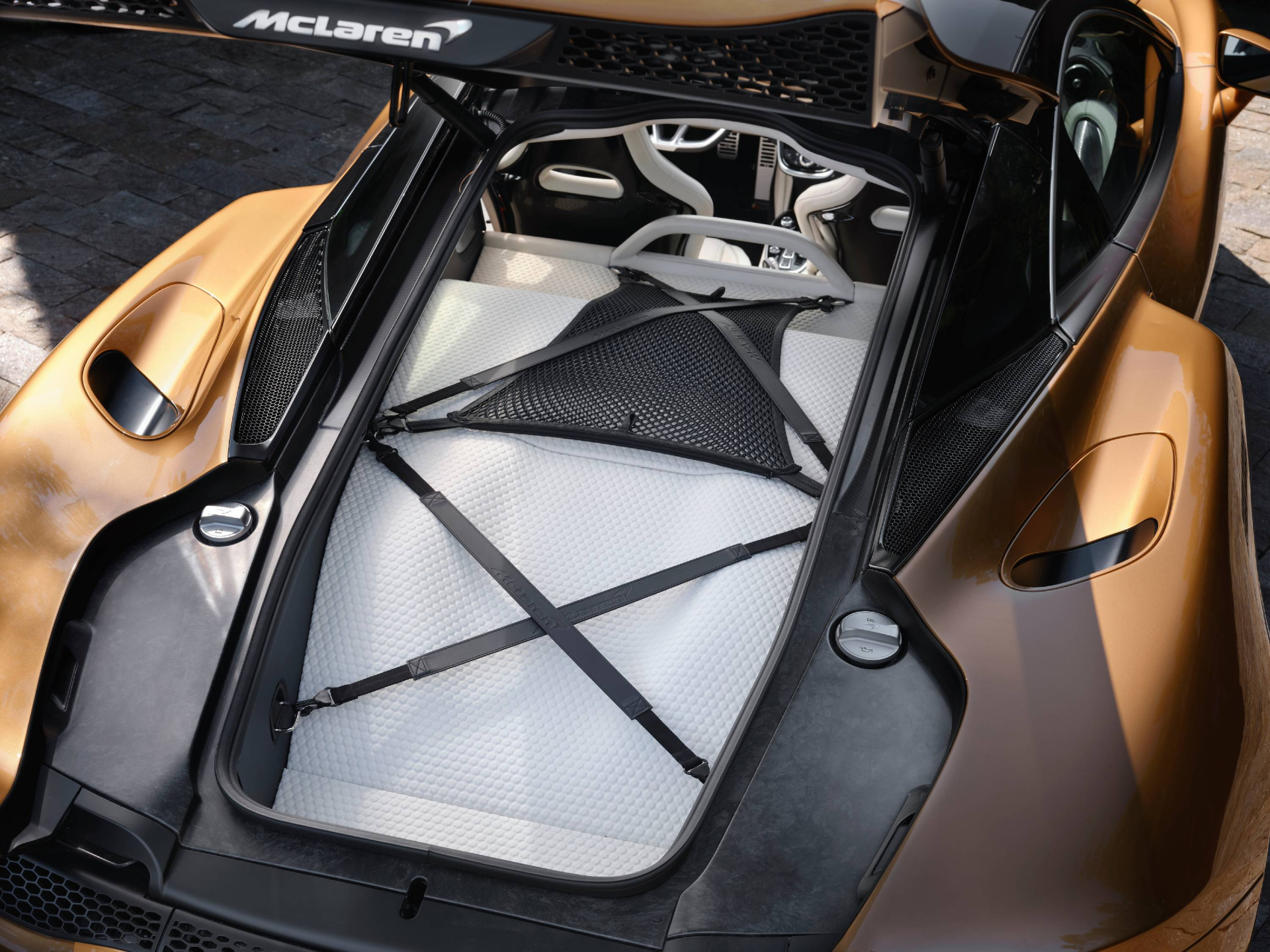
In any other reality, the McLaren GT is simply a very high-end sports car. It’s only when you compare it to the company’s other creations – the exceptional McLaren 720S – that it feels a little less hardcore.
In fact, the only real concession to touring of any kind is the additional luggage space you get beneath the glass liftback section above the engine. Naturally, there’s optional luggage on hand that’s been tailored to fit the slightly unconventional space.
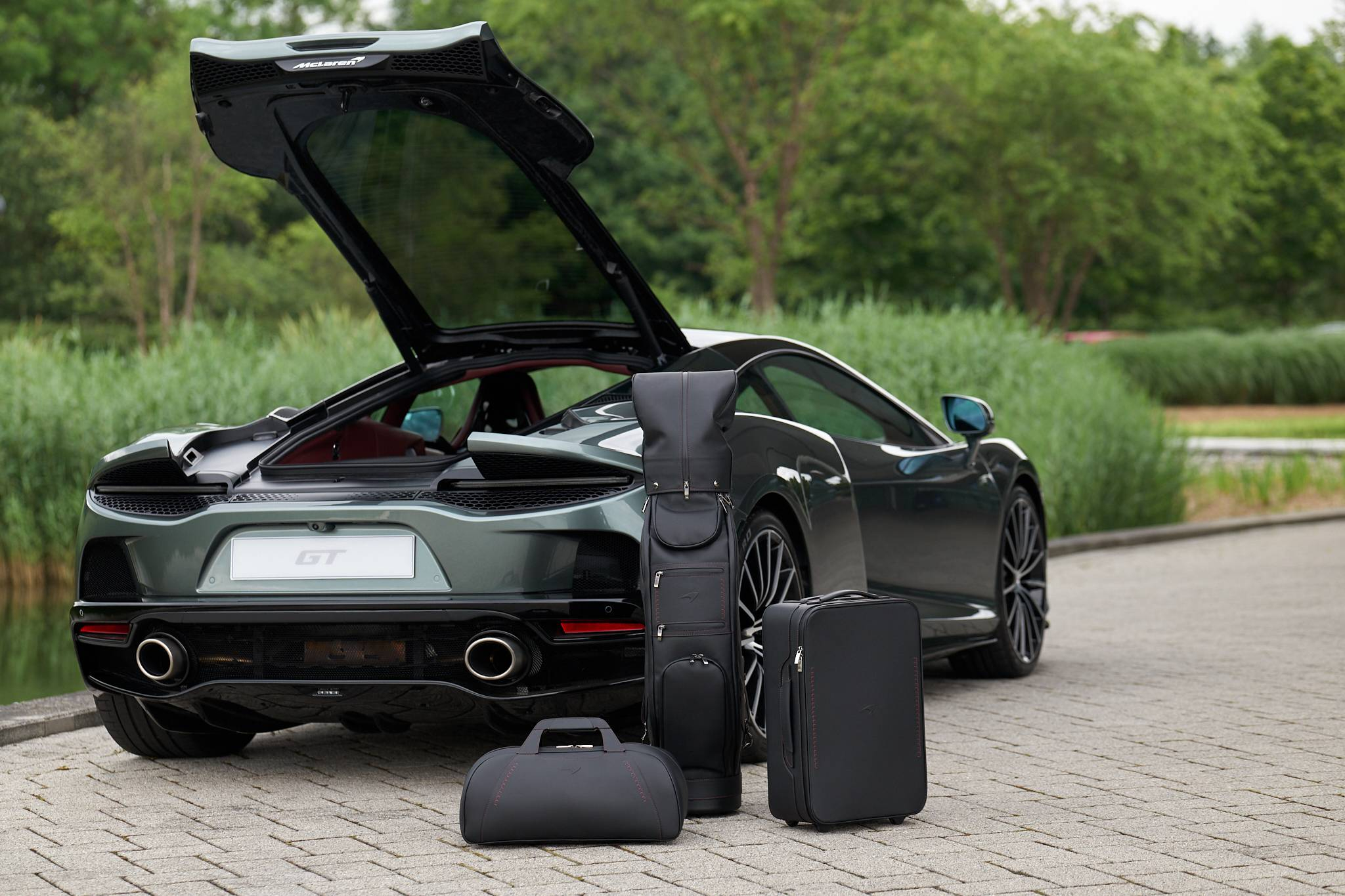
McLaren’s next machine is the upcoming Artura, a more ‘conventional’ sports car that also marks the arrival of a hybridised V6, a system that’ll power all McLarens for the foreseeable future. With a purer ‘mission’, the Artura feels slightly less compromised than the GT. The latter car’s higher ride and upturned nose make it the ugly duckling of the range.
To be fair, McLaren rarely bangs on about qualities like beauty and grace, preferring to let its aesthetics speak for themselves. Like all luxury manufacturers, the company makes the occasional striking lapse of taste – the McLaren Sabre, the one-off X-1, the carbon-fibre encrusted Senna – but its core products have always been aesthetically solid.
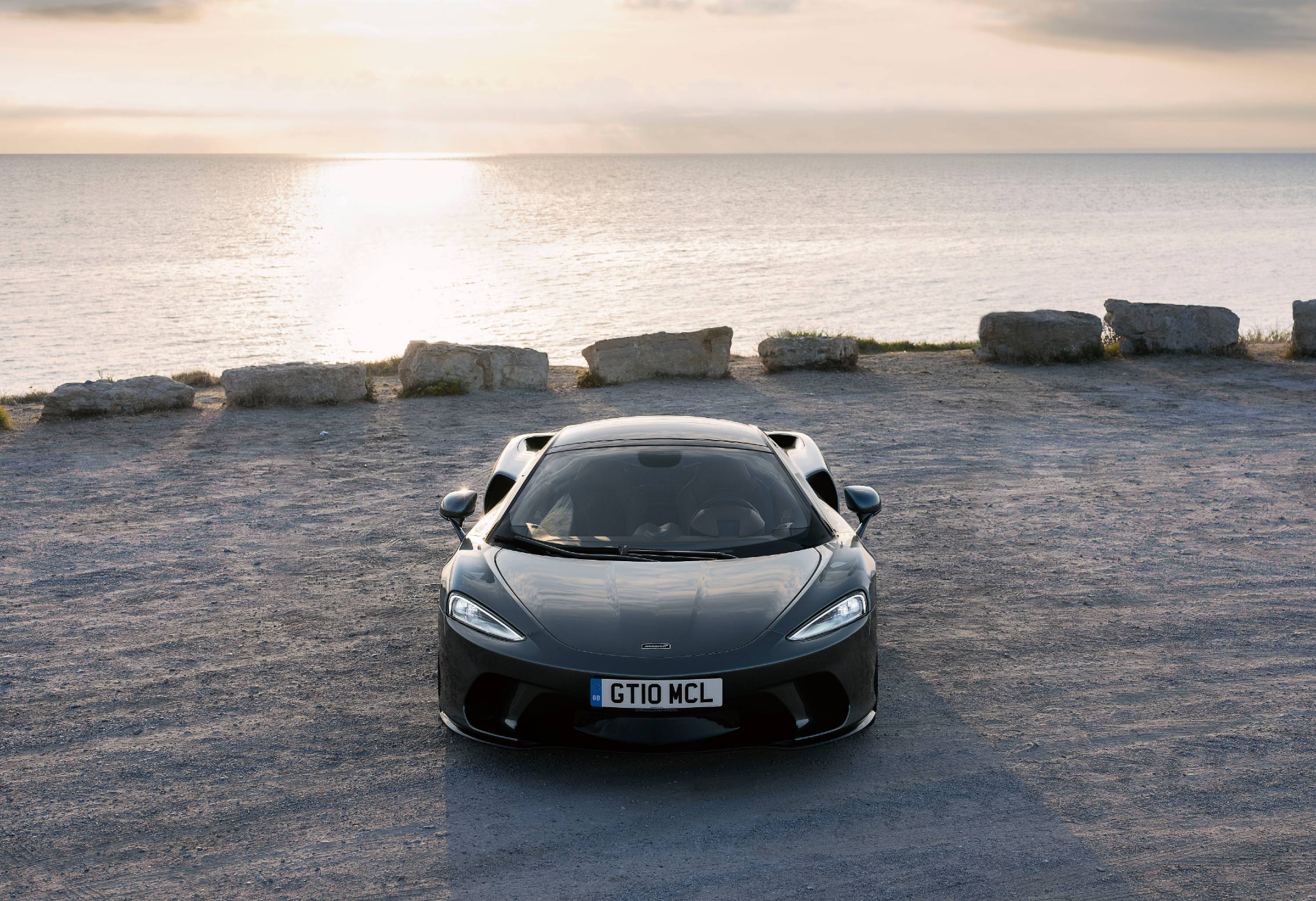
McLaren is at a crossroads. While its rivals have given a better indication of their future direction, the British company’s next steps are still opaque. The newly installed CEO, Michael Leiters, has experience at Porsche and Ferrari, both brands that bit the bullet and ventured into SUVs as a way of supplementing the slim margins of sports car building.
In Porsche’s case, it was a masterstroke, making the company vastly more profitable and powerful. Ferrari has yet to reveal its much-vaunted Purosangue crossover, but the very fact of its existence demonstrates how economic expediency will always overcome ‘brand values’. The Italian company swore blind for years that it would never make such a machine.
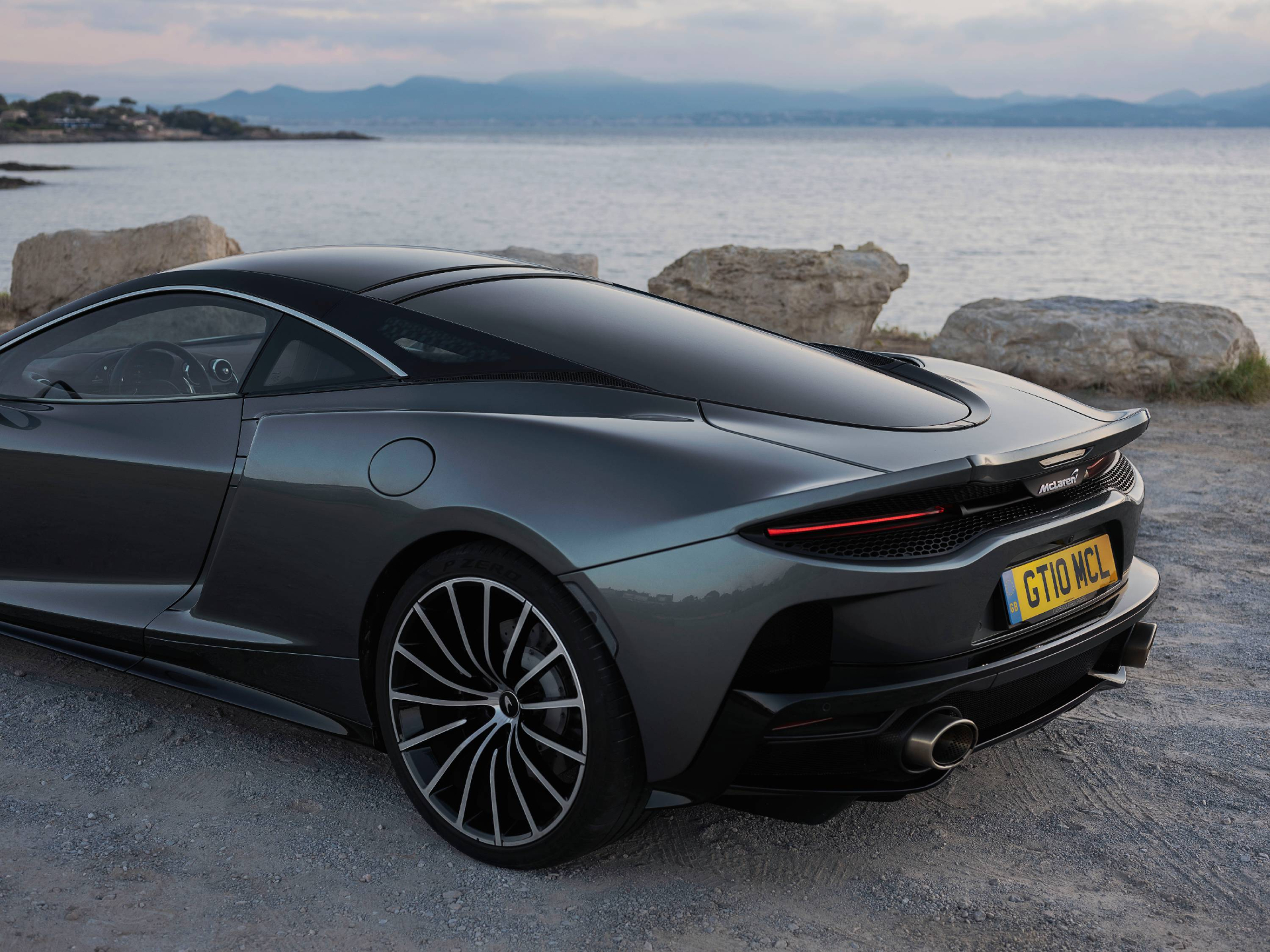
So, might the next generation McLaren GT be a high-riding hybrid crossover – or even a pure EV? Good as it is, the current car is hardly future-proofed against the wave of electrified change. Smart money says that McLaren is already quite far down the road of developing a credible high-riding EV.
However, the company set its own bar pretty high, and even the very best of current electric drive tech struggles to tick every box. Balancing weight, range, and performance is the current obsession of electric car design. Throw in the desire for supercar handling and looks, and that equation gets even more complicated.
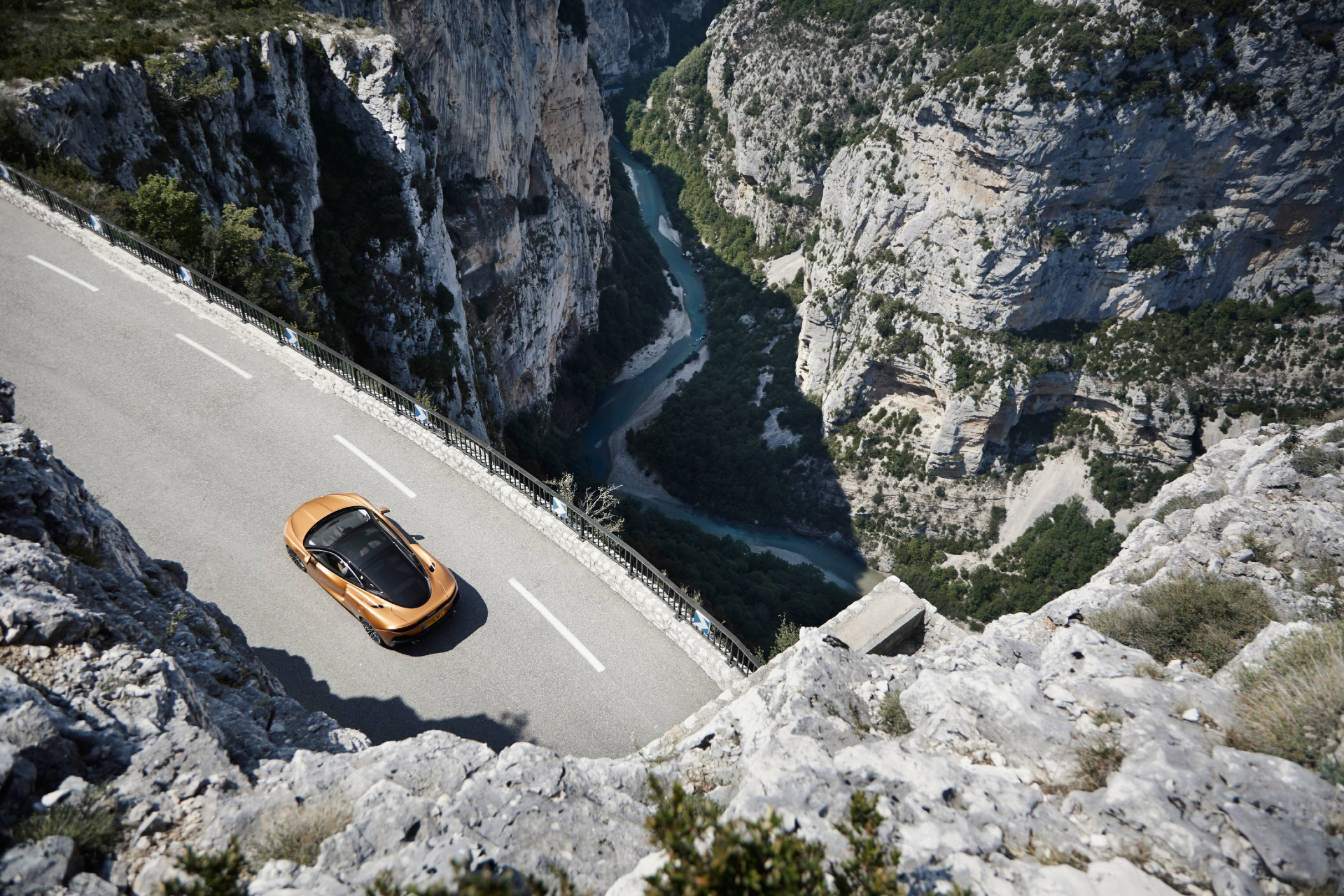
By this time in 2023, the first supercar crossovers will have arrived to reshape our definition of sporting design. McLaren badly needs to be one of the key players.
INFORMATION
McLaren GT, from £165,230
cars.mclaren.com
Jonathan Bell has written for Wallpaper* magazine since 1999, covering everything from architecture and transport design to books, tech and graphic design. He is now the magazine’s Transport and Technology Editor. Jonathan has written and edited 15 books, including Concept Car Design, 21st Century House, and The New Modern House. He is also the host of Wallpaper’s first podcast.
-
 Put these emerging artists on your radar
Put these emerging artists on your radarThis crop of six new talents is poised to shake up the art world. Get to know them now
By Tianna Williams
-
 Dining at Pyrá feels like a Mediterranean kiss on both cheeks
Dining at Pyrá feels like a Mediterranean kiss on both cheeksDesigned by House of Dré, this Lonsdale Road addition dishes up an enticing fusion of Greek and Spanish cooking
By Sofia de la Cruz
-
 Creased, crumpled: S/S 2025 menswear is about clothes that have ‘lived a life’
Creased, crumpled: S/S 2025 menswear is about clothes that have ‘lived a life’The S/S 2025 menswear collections see designers embrace the creased and the crumpled, conjuring a mood of laidback languor that ran through the season – captured here by photographer Steve Harnacke and stylist Nicola Neri for Wallpaper*
By Jack Moss
-
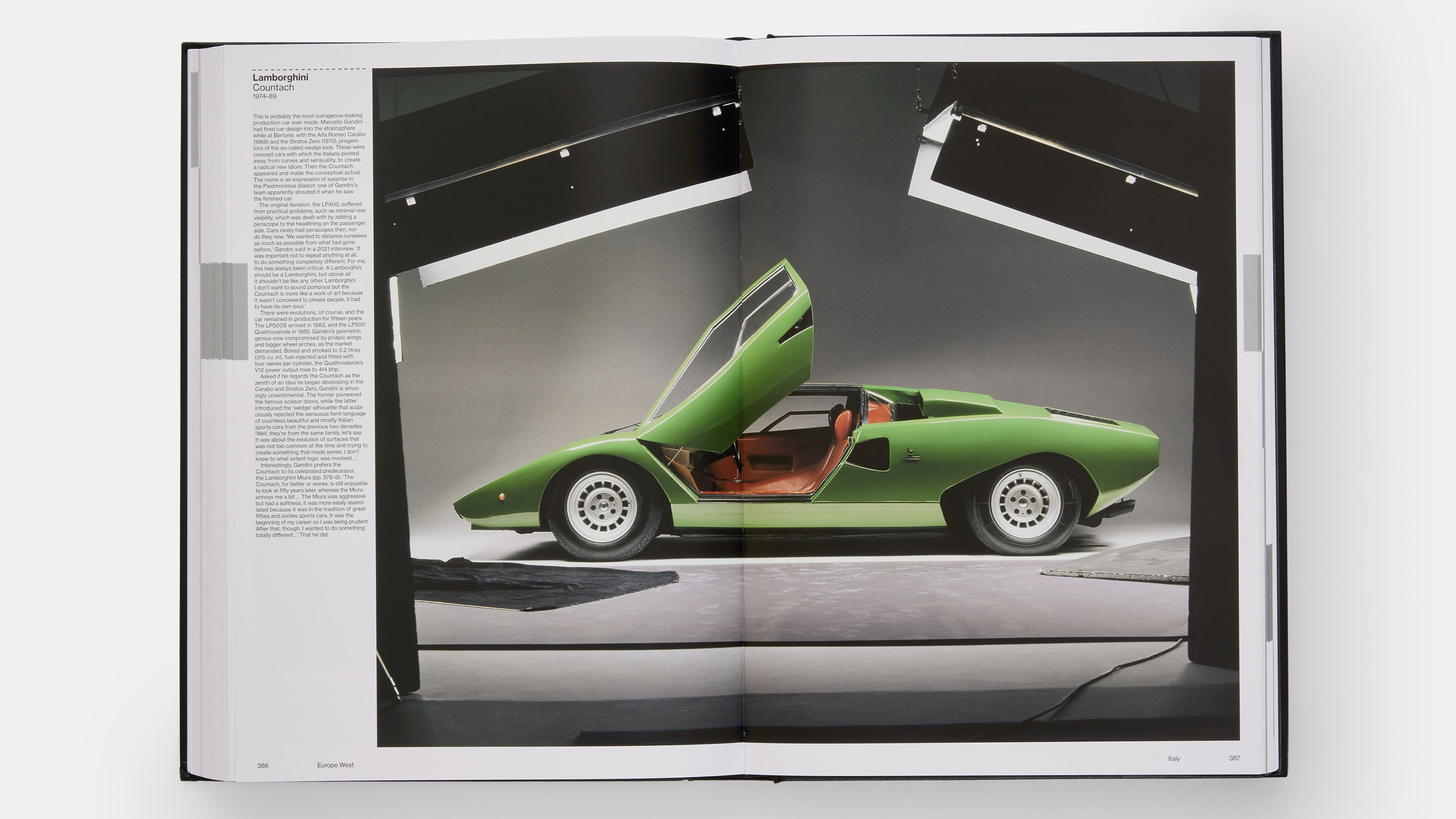 ‘The Atlas of Car Design’ chronicles 130 years of automotive art
‘The Atlas of Car Design’ chronicles 130 years of automotive artPhaidon’s epic monograph ‘The Atlas of Car Design: The World’s Most Iconic Cars’ assembles a multistorey’s worth of precious metal from around the world
By Jonathan Bell
-
 New breed of all-electric camper vans promises zero-emission adventures
New breed of all-electric camper vans promises zero-emission adventuresEmbrace the fast-expanding world of electric camper vans and RVs – from full conversions to tantalising future concepts – for silent running and zero emissions
By Jonathan Bell
-
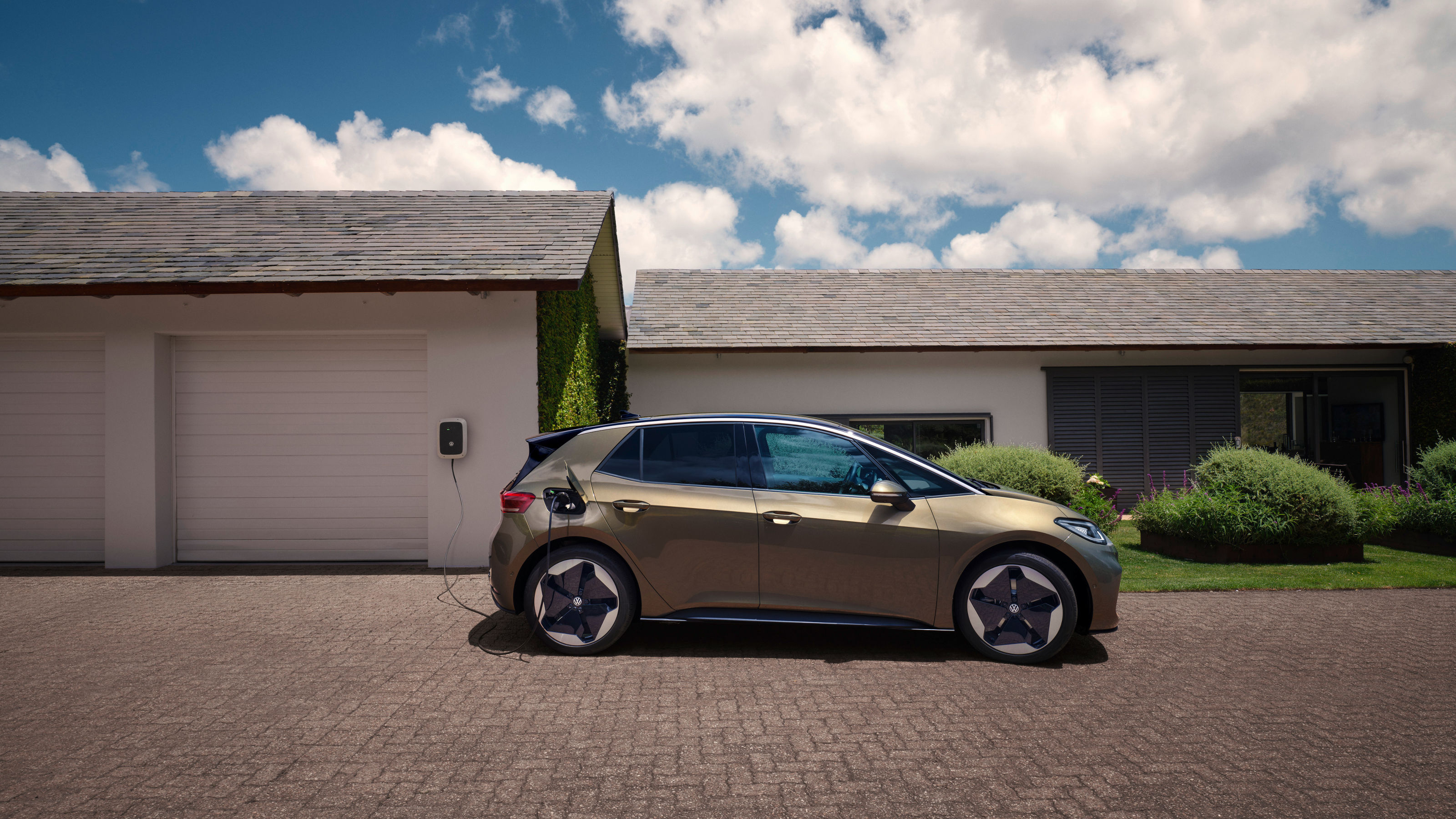 VW ID.3 gets a welcome overhaul in a quest to create the ultimate all-rounder EV
VW ID.3 gets a welcome overhaul in a quest to create the ultimate all-rounder EVThe Volkswagen ID.3 is an EV without ego, combining excellent range and equipment with a compact package
By Jonathan Bell
-
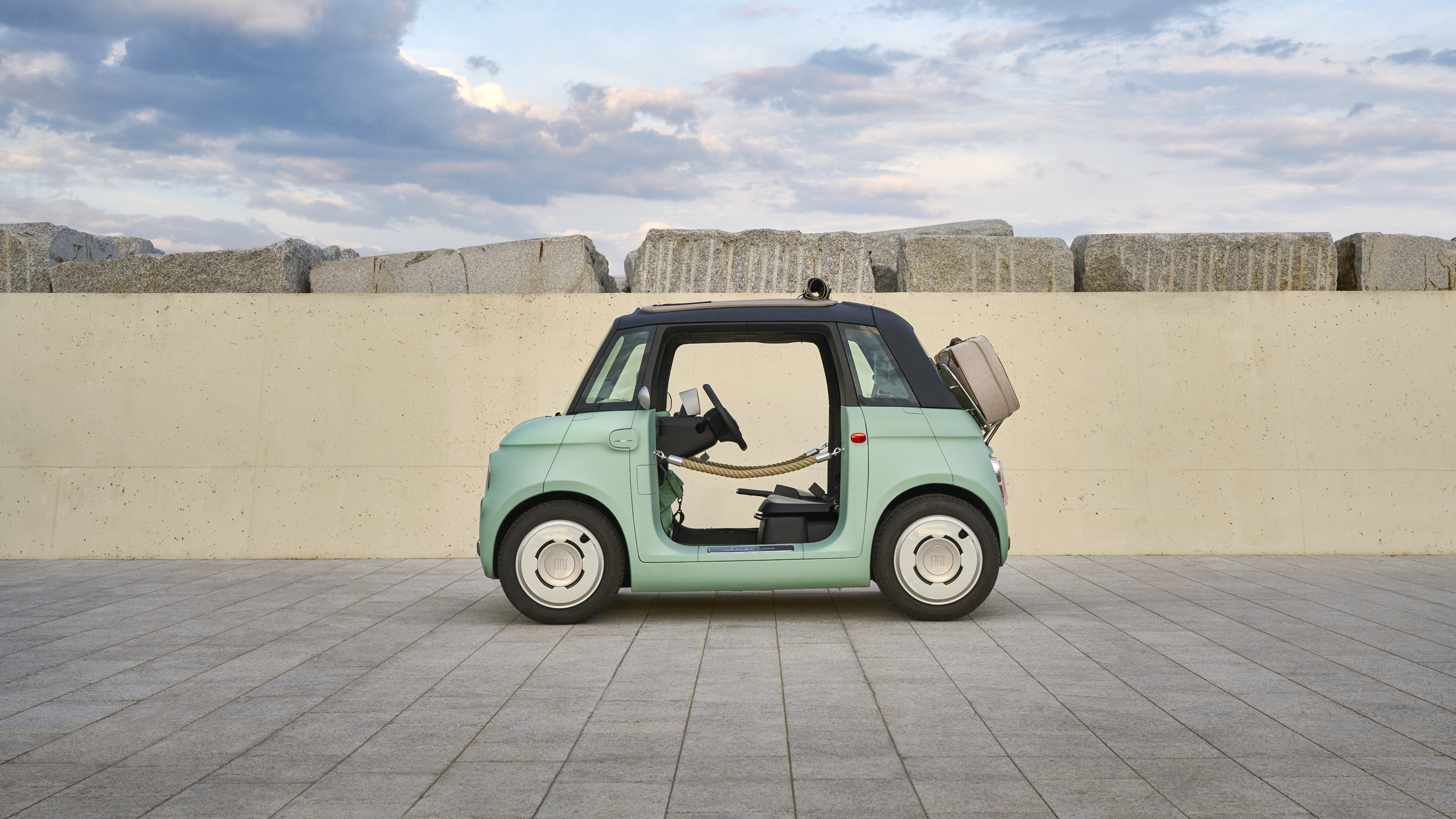 Fiat Topolino infuses every journey with the spirit of la dolce vita
Fiat Topolino infuses every journey with the spirit of la dolce vitaFiat enters the world of electric microcars with the new pocket-sized Topolino
By Jonathan Bell
-
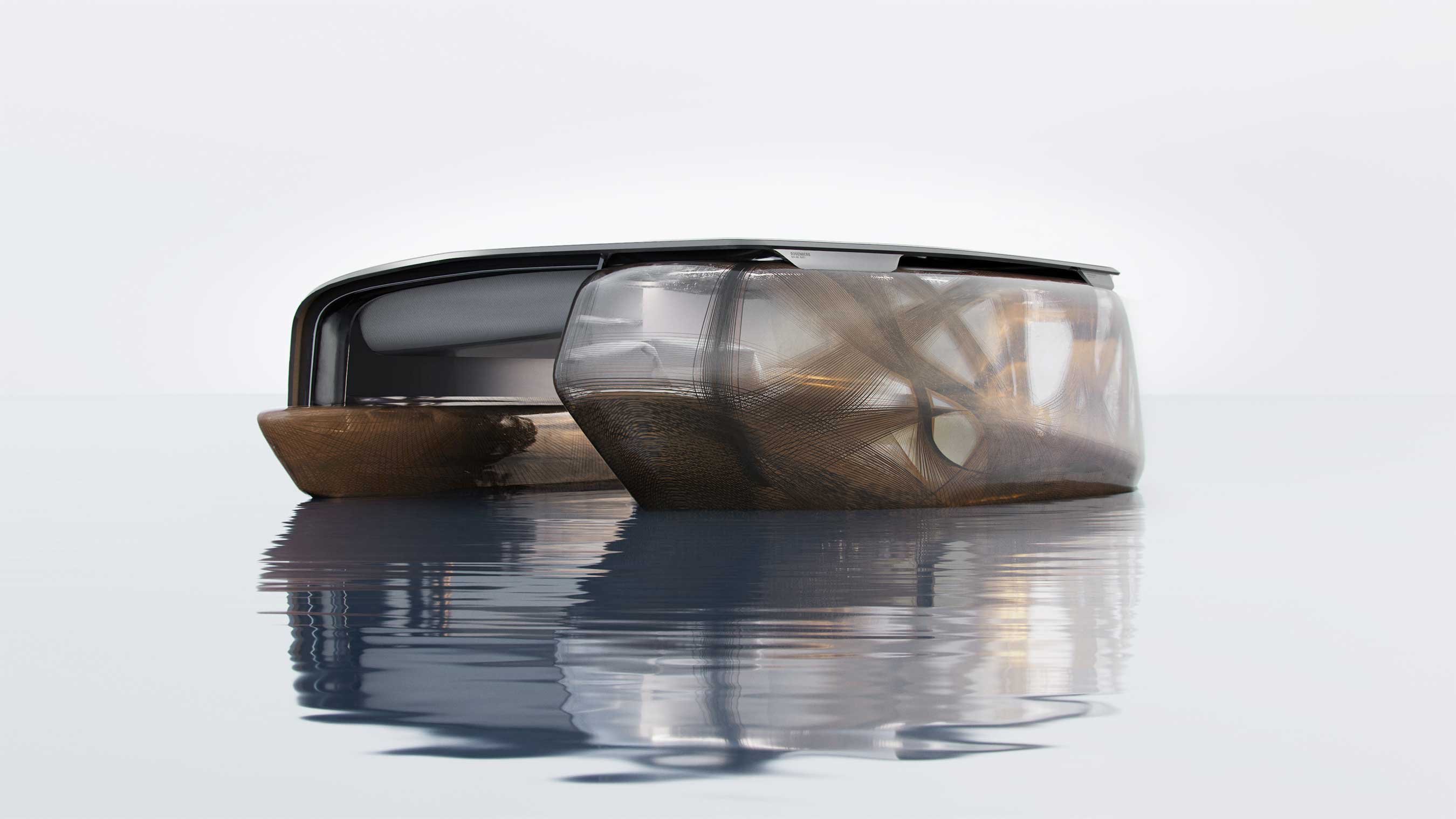 Blue Nomad is a floating habitat shaped by Swiss students and Danish designers
Blue Nomad is a floating habitat shaped by Swiss students and Danish designersInspired by traditional ocean-going vessels, the Blue Nomad Floating Habitat is a prototype dwelling for a drowning world, shaped by students from Rosenberg
By Jonathan Bell
-
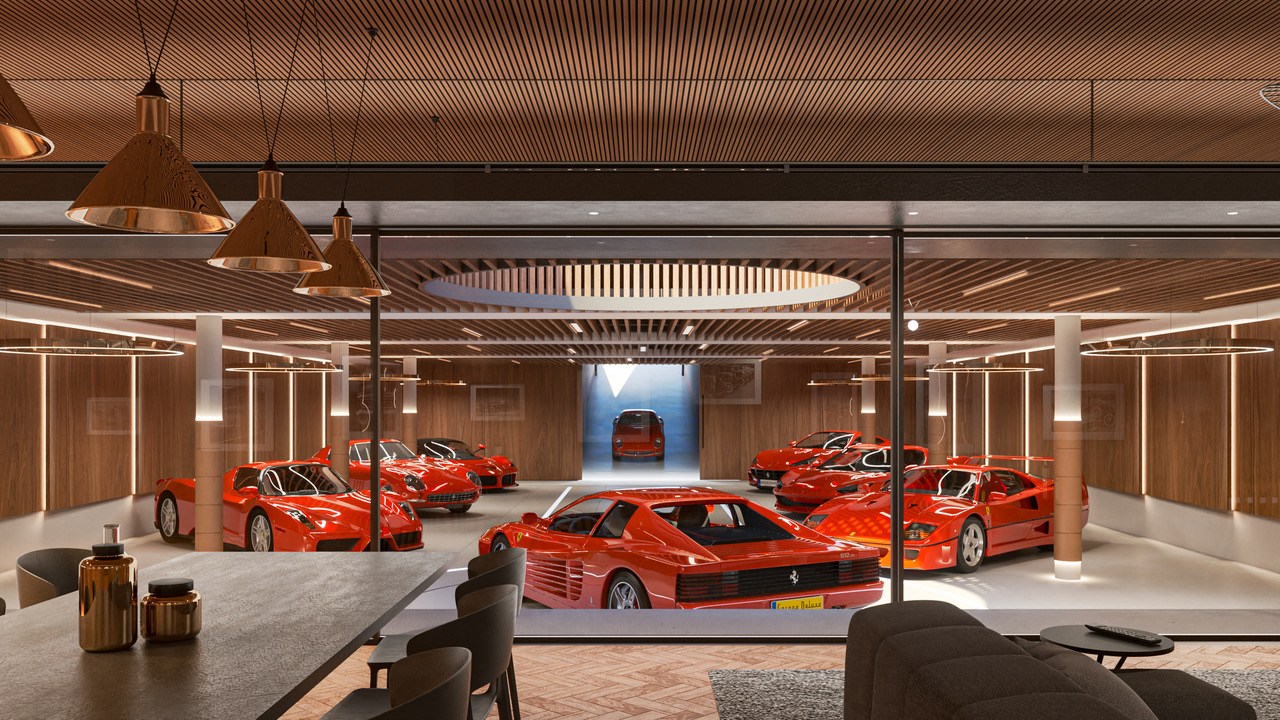 Garage Deluxe will stash your supercars securely for all time
Garage Deluxe will stash your supercars securely for all timeGarage Deluxe customisable underground car parks are part museum, part entertaining space. All you need is the acreage and the automobiles
By Jonathan Bell
-
 Brompton Bicycle and David Millar’s CHPT3 brand reveal new folding bike
Brompton Bicycle and David Millar’s CHPT3 brand reveal new folding bikeThe Brompton x CHPT3 v4 is a minimalist folding bike fit for the city streets, with Brompton’s signature compact frame, pared back for added performance
By Jonathan Bell
-
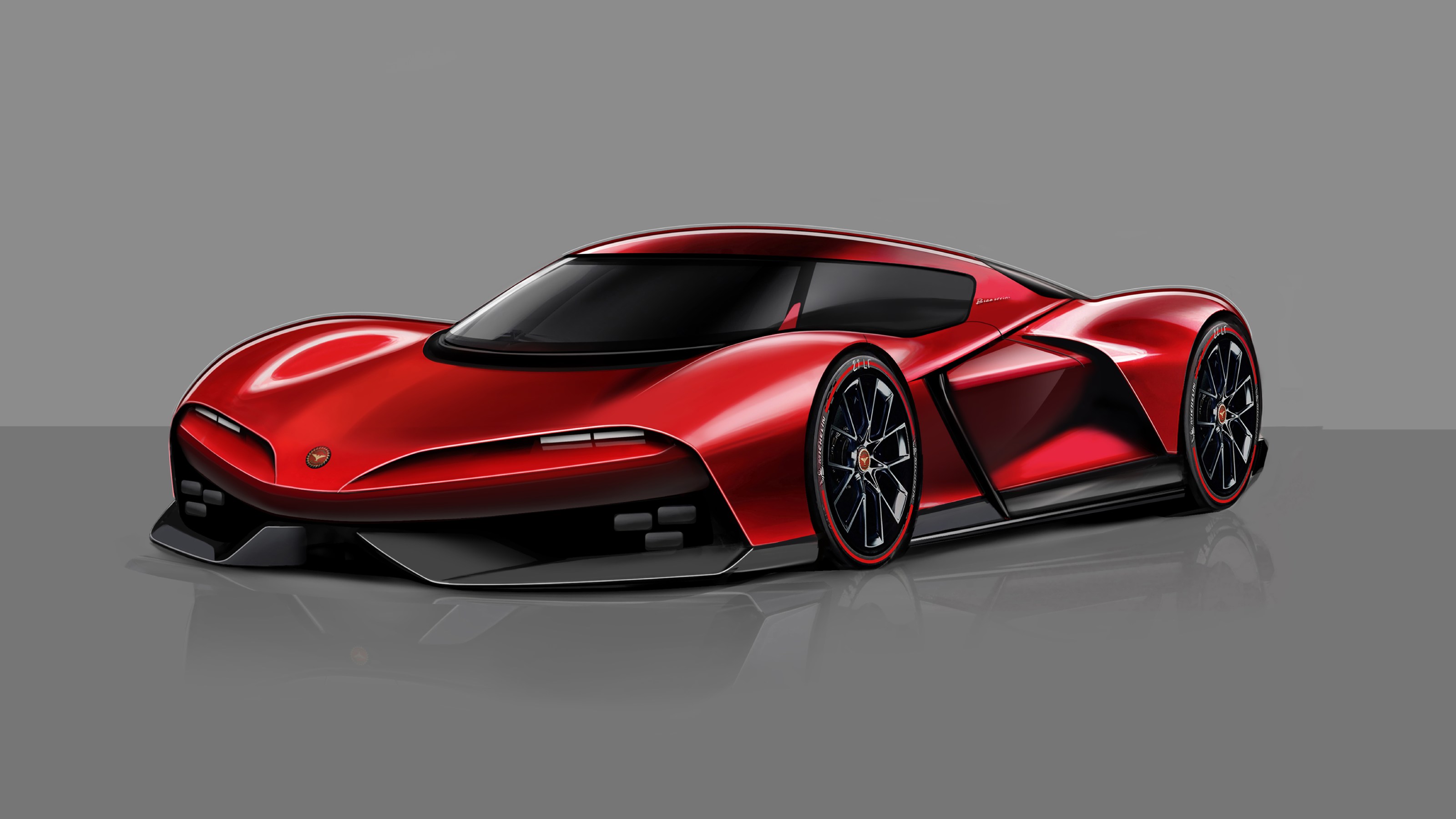 Bizzarrini Giotto is a future-statement supercar from a reborn brand
Bizzarrini Giotto is a future-statement supercar from a reborn brandRepresenting the apex of Italian automotive design, the proposed Bizzarrini Giotto blends heritage with dramatic style
By Jonathan Bell